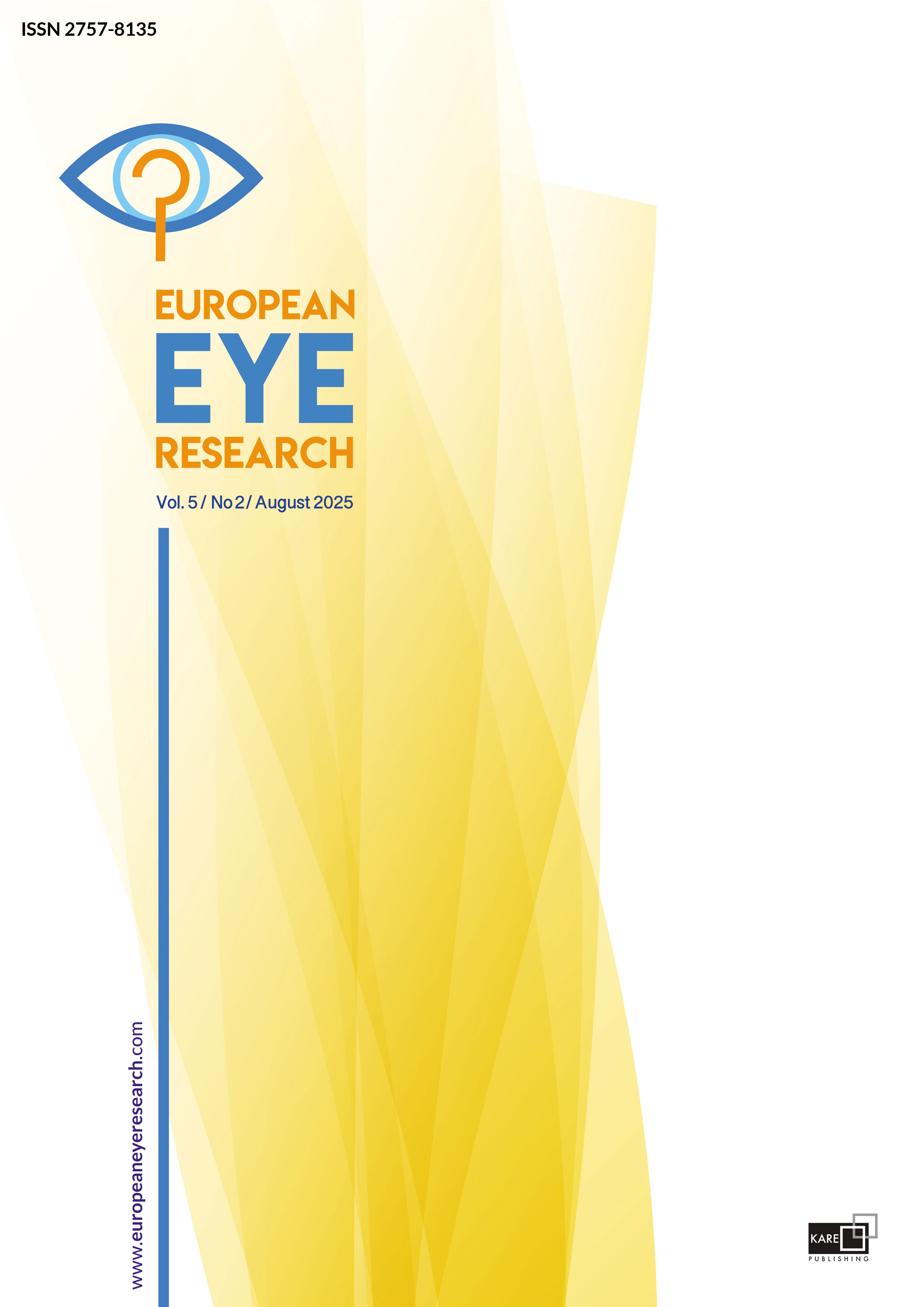

Ocular syphilis
Kubra Ozdemir Yalcinsoy, Pinar Cakar OzdalDepartment of Ophthalmology, University of Health Sciences, Ulucanlar Eye Training and Research Hospital, Ankara, TürkiyeSyphilis is a sexually transmitted systemic disease caused by the spirochete Treponema pallidum. If left untreated, syphilis progresses in four stages: Primary, secondary, latent, and tertiary. Since the turn of the 20th century, the global prevalence of syphilis has sharply increased. Syphilis and human immunodeficiency virus (HIV) coinfection are common because they share similar transmission routes. Ocular syphilis (OcS) is a rare syphilis complication, but its prevalence has recently in-creased as a result of the rise in syphilis cases. OcS may occur at any stage of syphilis. However, it may not always be accom-panied by systemic findings. In such cases, ocular involvement may be the disease’s first and only manifestation. OcS can affect any structure of the eye, yet the most common manifestations are posterior uveitis and panuveitis. Due to the variety of clinical manifestations, the disease is known as “the great imitator.” As a result, syphilis serology is advised for any patient with unknown intraocular inflammation. Although clinical signs can be indicative of OcS, it is diagnosed using laboratory tests. Multimodal ocular imaging is required for differential diagnosis, treatment, and follow-up. It is highly recommended that patients with suspected or confirmed syphilis be tested for HIV infection. OcS is treated just like neurosyphilis with systemic penicillin. If OcS is treated promptly and effectively, a good visual prognosis is possible; otherwise, it may lead to permanent blindness.
Keywords: Diagnosis, manifestations, ocular syphilis; syphilis serology; treatment; uveitis.
Manuscript Language: English



